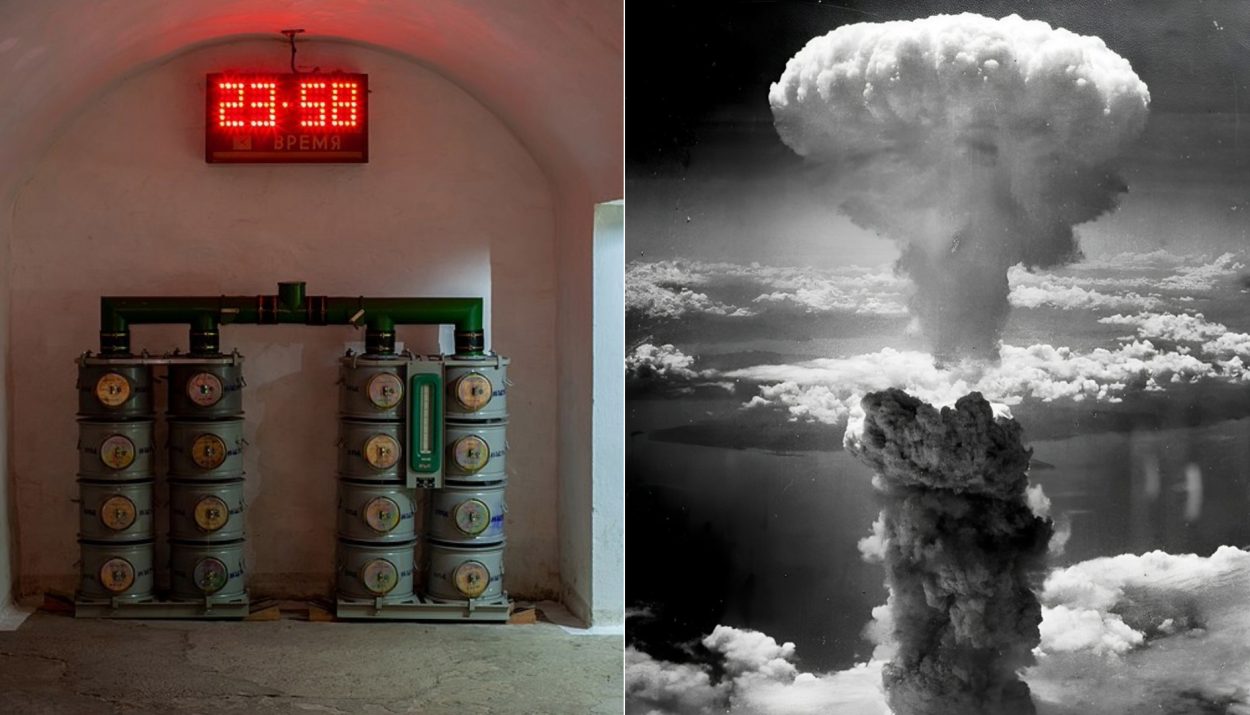Humanity has a long history of creating weapons capable of untold damage and destruction. Technological improvements almost always end up in some sort of weapon. But what are the most deadly weapons humanity has ever created? Here, we’ll look at which weapons deserve the title of most lethal.
#10 The Trebuchet – The King of Medieval Sieges
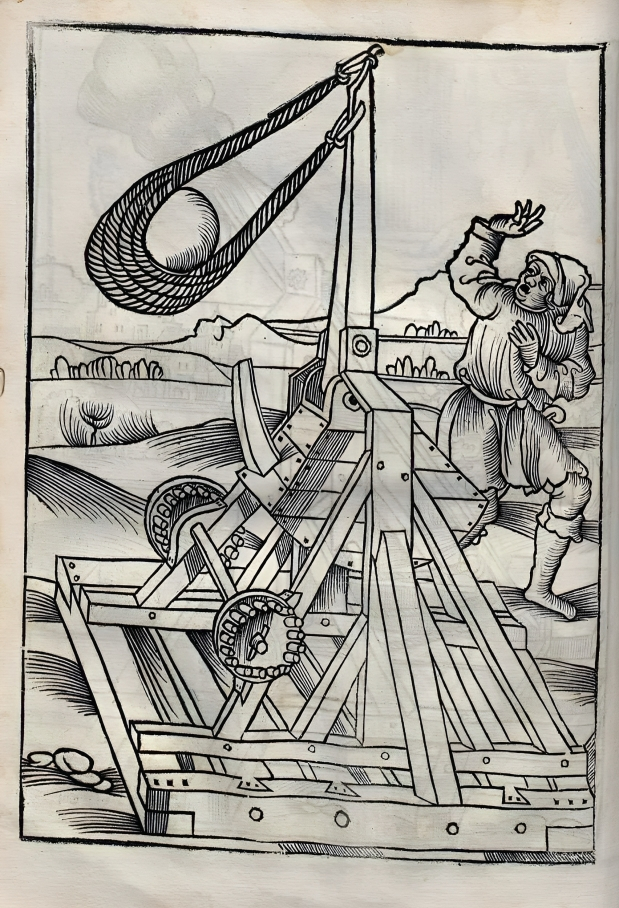
Trebuchets were siege engines prevalent from the Middle Ages through the Renaissance. Employed primarily during sieges, they hurled large projectiles, like rocks or diseased carcasses, at fortifications to breach walls or cause demoralization. They were ideal for breaking down fortifications and played a pivotal role in destroying both enemy buildings and morale.
Trebuchets could launch massive projectiles, usually boulders, over massive distances. Their immense power and accuracy made them instrumental in breaching defenses, inflicting casualties, and altering the course of battles and sieges. The amount of casualties they inflicted upon enemies is still up for debate, but the machinery was feared wherever it was seen.
#9 The Roman Gladius – An Ancient Innovation That Just Worked

The gladius of Rome was a short, double-edged sword that soldiers of the professional army trained with. Used by Roman soldiers in formations like the Testudo, its design allowed for swift, precise strikes, enabling soldiers to dominate battles through disciplined and agile fighting techniques, making it an iconic and deadly weapon in ancient warfare.
It’s still uncertain how many thousands of people were killed by the Romans during their bloody conquests and the uprising within the empire itself. However, it is known that almost every Roman soldier could wield a gladius and use it to great effect in close-combat situations.
#8 The Crossbow – Banned in Medieval Warfare
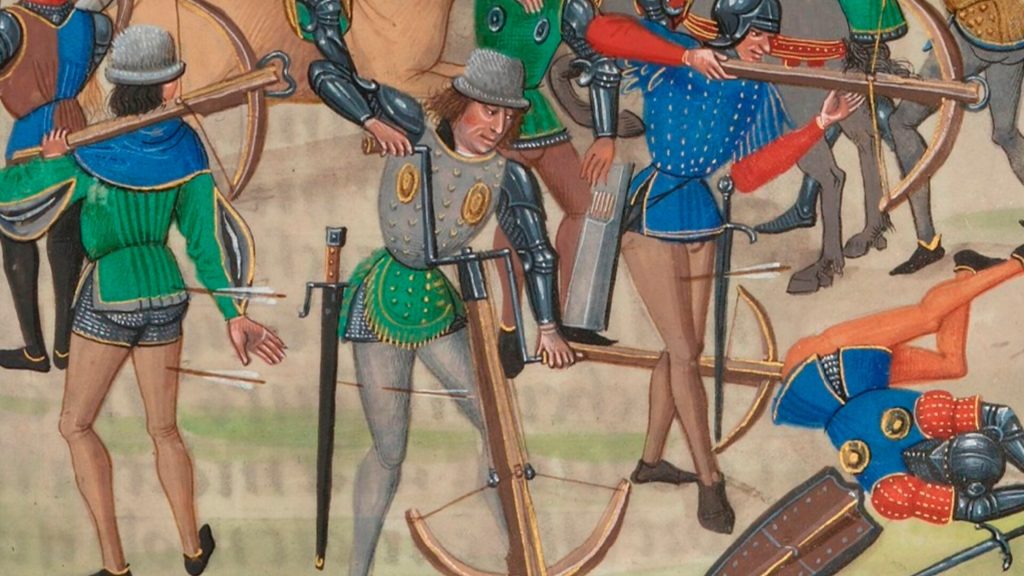
Crossbows were a technological revolution, allowing peasants to be used as bowmen with little to no training. Just pull it back, put a bolt in it, and fire it at a passing knight. It scared the ruling classes in Europe so much that they petitioned the Pope to have the weapon banned as inhumane.
It was banned as a weapon for a time, but over time, its usefulness got the better of the class-conscious knights and lords of the time. They preferred cheaper armies over concerns of being shot with a crossbow, and the weapon dominated battlefields for hundreds of years.
#7 The Maxim Machine Gun – Death In Belts

The end of the 19th century saw mechanical weapons make their way onto the battlefield for the first time. One of these, the Maxim Machine Gun, saw widespread adoption and use in one of the deadliest conflicts up to that time – the First World War.
The Maxim was perfect for use in the trench-covered battlefield of the Great War. Thanks to its rapid rate of fire, it could mow down rows of infantry, forcing armies to rethink military tactics they had employed for hundreds of years. It’s estimated that the Maxim was responsible for hundreds of thousands of deaths in The Great War.
#6 Shock Cavalry – Horses As Tanks of the Medieval World
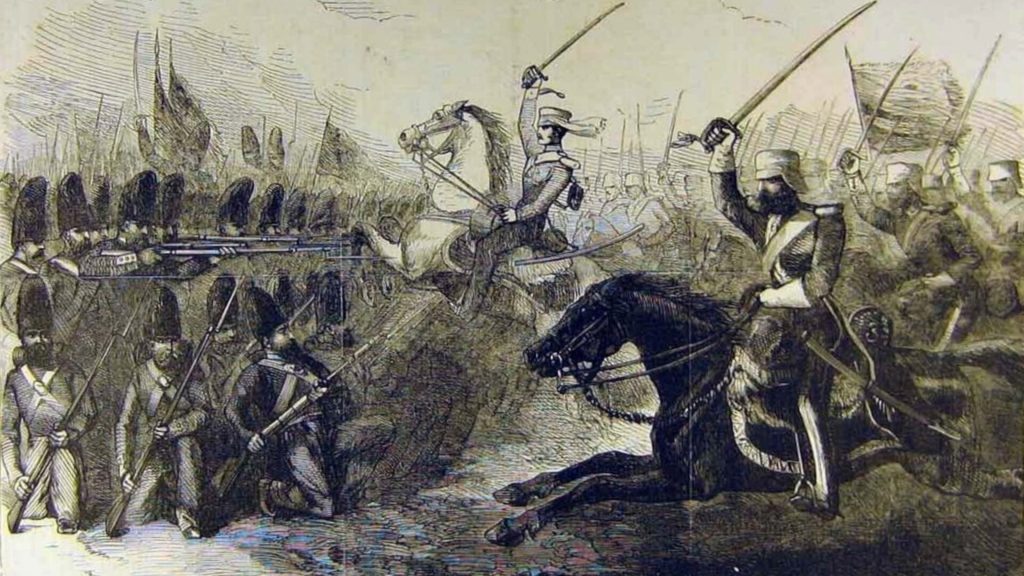
Since the domestication of horses, mounted troops were used in combat. However, it wasn’t until the 6th century, when the war saddle was introduced and adopted, that horse-borne warriors became more commonplace. Even so, a doctrine for using these forces wasn’t widely available.
By the 12th century, the armored knight was the equivalent of a tank on the Medieval landscape. Combined with infantry tactics, shock troops could show up to lead charges against the enemy, harry them with quick hit-and-run tactics, or chase them down in a rout. Cavalry remained dominant until the Welsh and English Longbows became more dominant weapons.
#5 Nuclear Weapons – Destruction That Lasts
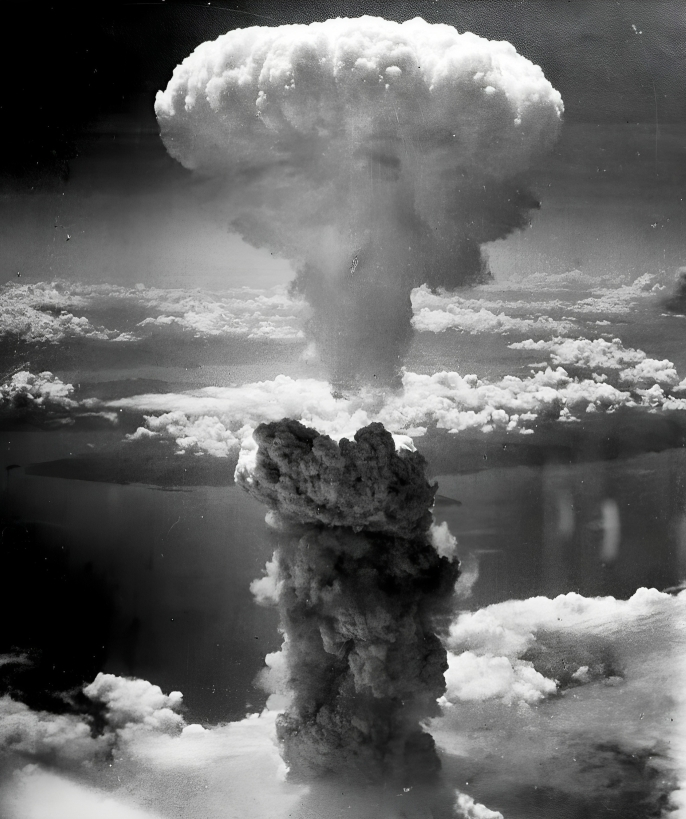
In 1945, to end the Second World War, the US dropped two nuclear bombs on the cities of Hiroshima and Nagasaki. The atomic bomb was responsible for anywhere between 129,000 and 226,000 people immediately. Untold thousands died after the explosion due to radiation poisoning and fallout.
Officially, the world has agreed to stop building nuclear weapons, but there are enough of them to remain worried. Nuclear weapons not only immediately destroy the place they’re dropped but also force nuclear fallout to spread all over. It remains one of the scariest weapons that humanity has ever invented.
#4 Mustard Gas – Death And Agony In a Single Package
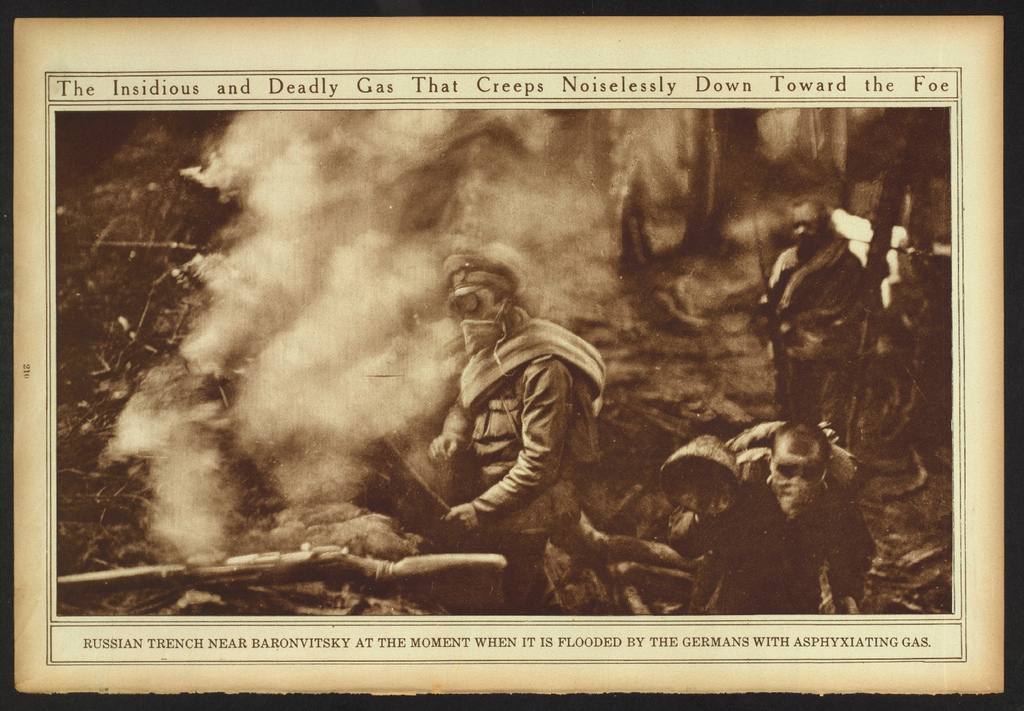
The battlefields of World War One were littered with deadly weapons, and none of them were deadlier than mustard gas. This gas was responsible for soldiers always needing a gas mask near to hand in case artillery shells that landed inside the trenches contained it.
The gas was vicious, leading to blisters and chemical burns on exposed skin. If someone were unlucky enough to inhale it, they would choke on their lungs as it liquified, drowning in their own blood. It was among the scariest weapons created and used on the Western Front of the First World War.
#3 The Rifle – Accurate and Useful on the Field
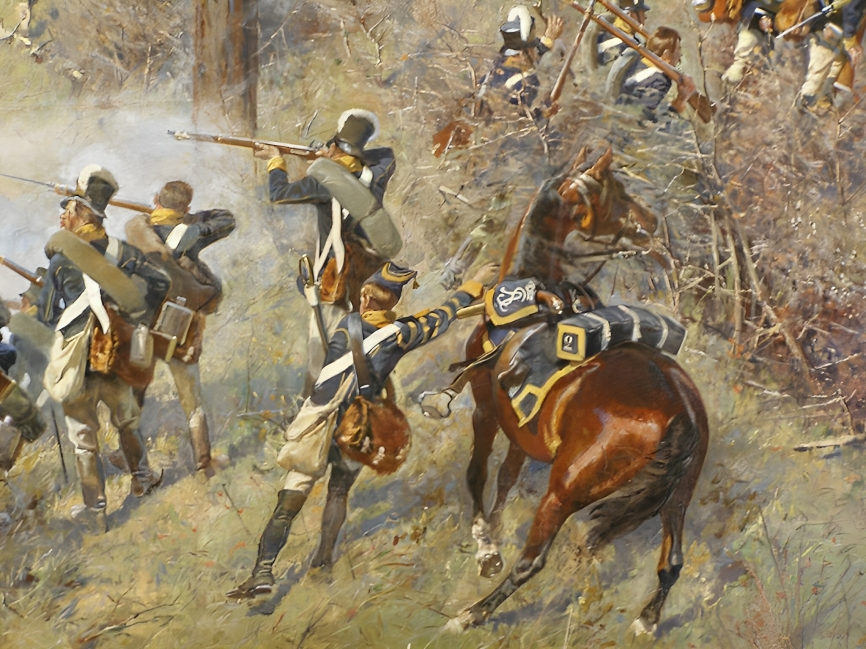
Many of us have never realized how helpful rifling is in keeping a bullet in a straight line. Before rifles were invented, smoothbore muskets were the only guns available, and their accuracy at range was abysmal. Some of these muskets couldn’t hit anything beyond six hundred feet (200 m).
In 1849, French inventor Claude-Etienne Minie designed the first rifled musket to fire a Minie ball named after him. The march of history saw guns evolve, with rifles becoming breech-loading as opposed to muzzle-loading and their rate of fire increasing significantly. Over the years, rifles have racked up a death count of untold millions.
#2 Biological Weapons – Germ Warfare
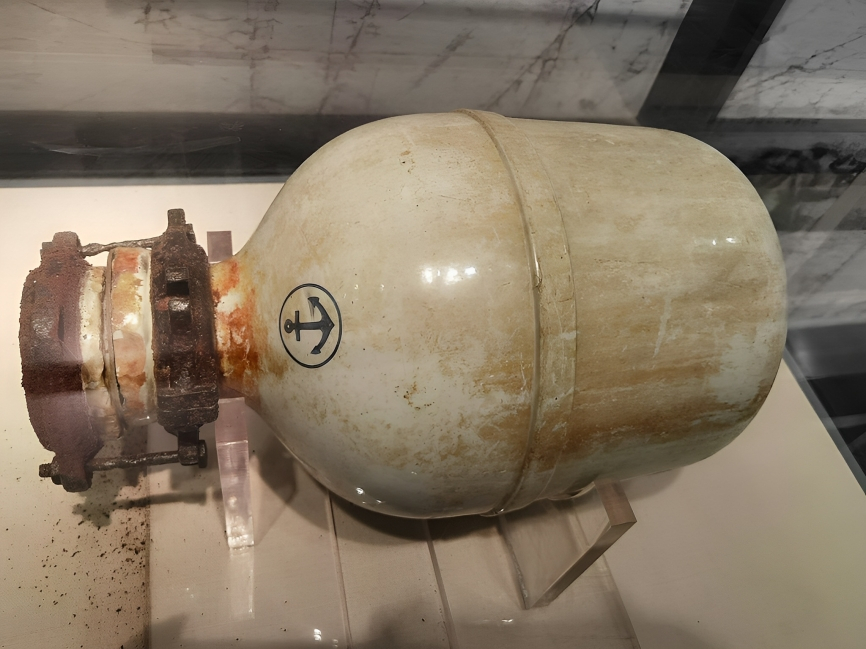
Diseases have always been more deadly than weapons on the field of battle, but what if you could make weapons out of germs? The first recorded instance of this happening was the Mongol siege of Kaffa, where plague-ridden bodies were tossed into the city. It eventually led to the plague epidemic that decimated Europe.
Today, biological weapons (and the development of those weapons) are banned under the Geneva Convention. Yet experimentation into creating deadly viruses still continues under the radar. Weaponizing disease is as bad an idea as it sounds like since there’s no way to control who gets infected.
#1 The Submarine – Silent But Deadly
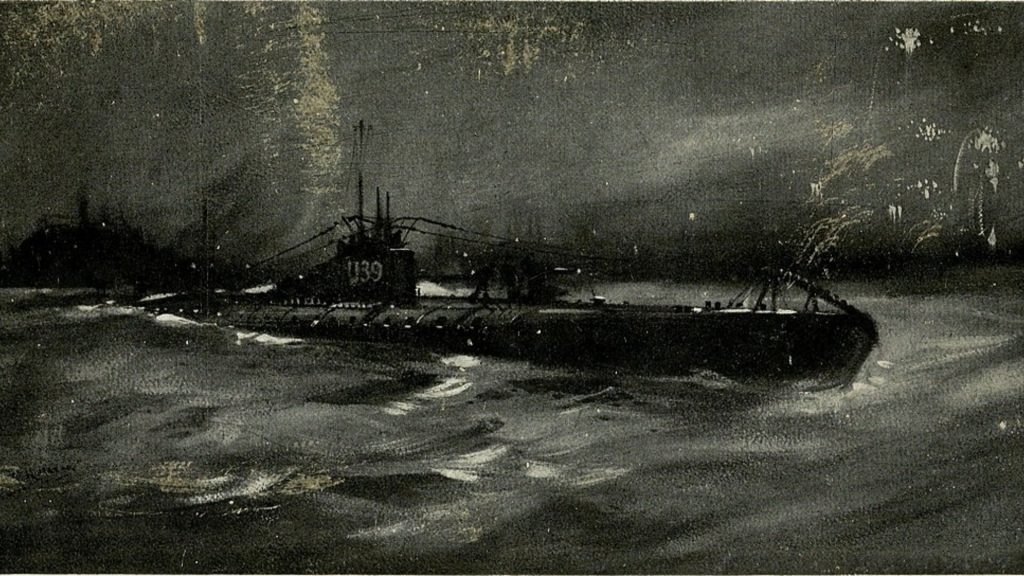
Naval warfare has been around since the Ancient World, but only recently have humans realized how to utilize underwater combat. The first submarine sinking happened in the 19th century, during the US Civil War. While the sub also sank after taking out its target, it was still considered effective.
The twentieth century saw submarines take on a new life as wolves preying on Atlantic shipping during the Second World War. Today, submarines comprise the core of many of the world’s navies, powered by nuclear power plants and carrying nuclear warheads that can be launched remotely with a single command.
The Doomsday Clock Might Be Right
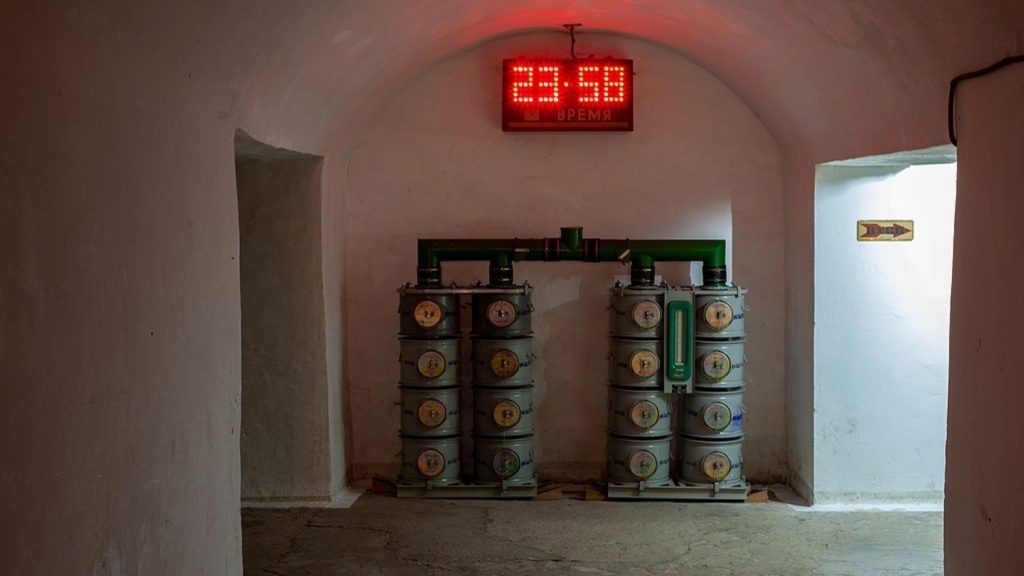
What does this mean for us as humans? We have never been in such a position in the history of our species of being able to wipe ourselves out as we are in the twenty-first century. All it takes is a single bad decision, and millions of people could die and spark a conflict that makes the earth unlivable.
Scientists invented “The Doomsday Clock” to track how close we are to wiping ourselves out as a species. In 2023, it sits at two minutes to midnight, with midnight being total annihilation. Maybe making so many weapons easy to get wasn’t such a good idea after all.

